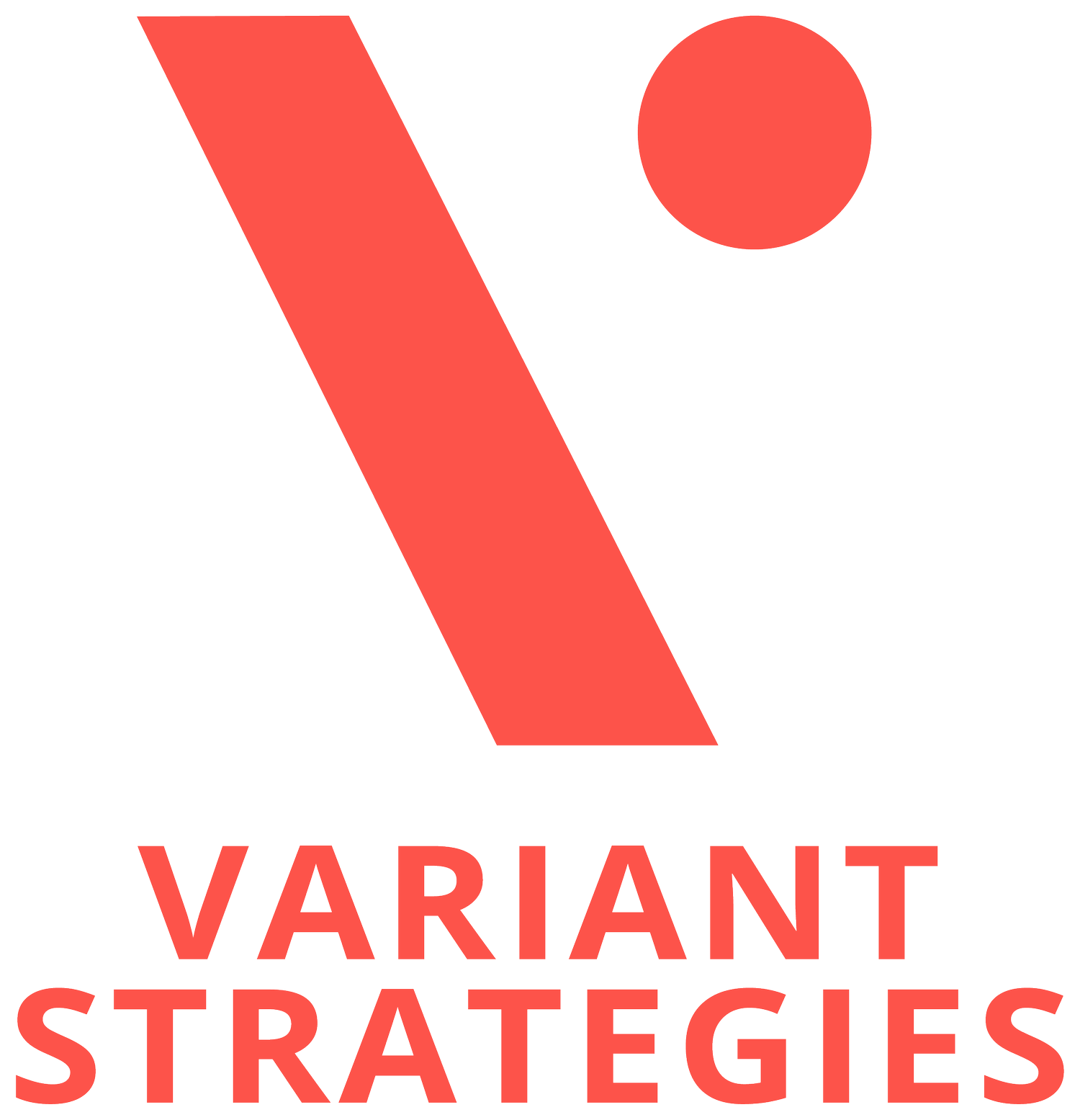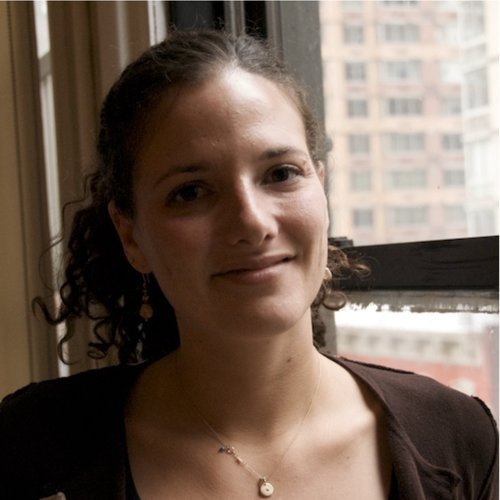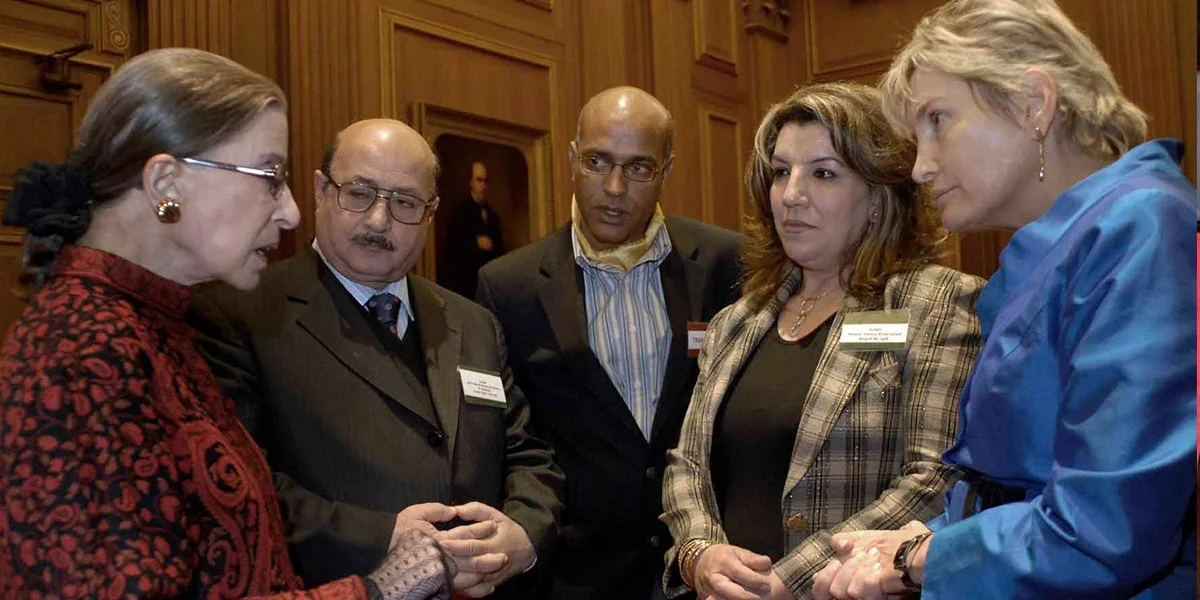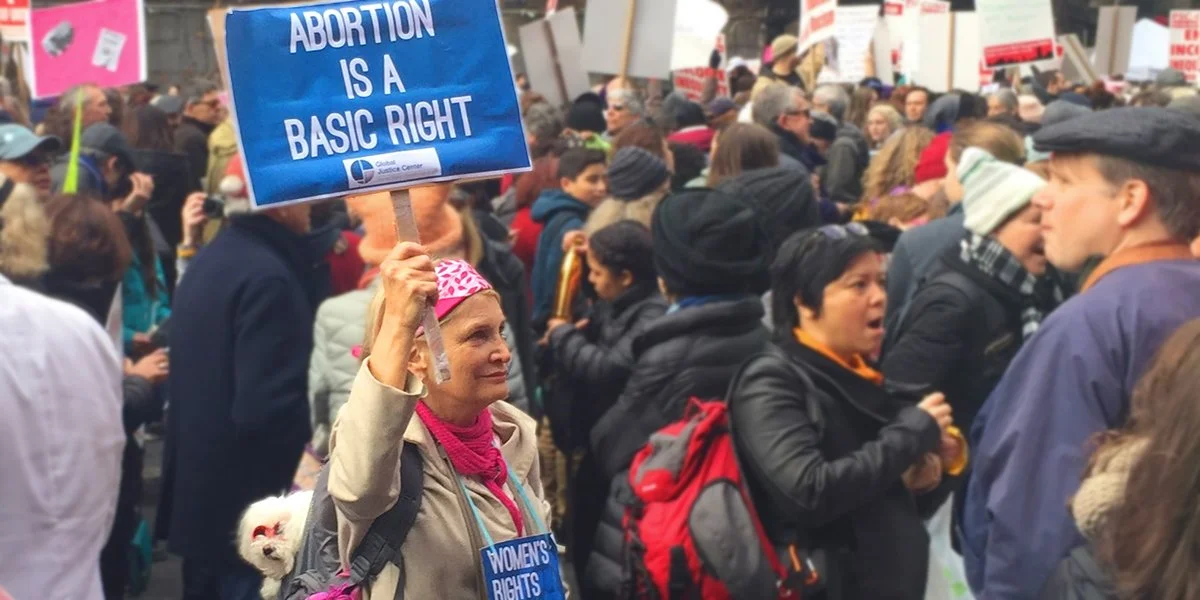Why I started Variant Strategies: Part One
This email was originally simply supposed to introduce the new, updated Variant Strategies website, which I’m very excited about. Please do take some time to explore, particularly the new Work Pages including our new Impact sections. I’m extremely proud of our work, our impact, and our mission. Please reach out to me at Abby@variantstrategies.com and let me know what you think. And if you’re not already on it, please sign up for our mailing list and follow us on our social media, all of which is available on our updated website/
But as I was thinking about how to introduce the website, I started thinking more about the work, and why I started Variant Strategies.
And as I started to think about how I and we got here, I started to think about all the incredible people, unexpected experiences, projects, risks and improvisations, organizations, advocates, and creative people I’ve worked with who I’ve had the profound opportunity to learn from. And the lessons, of course, that I and we have learned along the way.
So, what was supposed to be a simple website announcement has now turned into also a new newsletter–really a series of essays–the first of which I’ll share today.
This first newsletter is mostly not about me or the work of Variant Strategies at all. It’s about my first boss, mentor, and great friend, Janet Benshoof, and the lessons she taught me and so many others. I found Variant Strategies in large part in her legacy.
Some of Janet's lessons: Nothing is impossible with the chutzpah, belief, strategic thinking and hard work to make it happen. About how even when we doubt ourselves, we can and must listen to the guidance and example of others we believe in to overcome those challenges and take risks. To follow our visions no matter how impossible they seemed. And not to think too rigidly about what your “interests” are, and the “skills” you have, but to be open to new opportunities and take calculated risks.
While I now run my own social justice strategy organization, this wasn’t the plan. And if you asked me back then, I wouldn’t have been able to tell you what my plan was. And then I met Janet.
I was just a year out of college and looking for an entry level job in social justice (specifically working with Latin America) when I met a woman named Janet Benshoof during an interview to be her administrative assistant at a new organization, that was still just a vision, on international gender rights she was going to call the Global Justice Center. Back then, the internet wasn’t what it is today and although I prepared for the interview, I barely knew anything about her.
What I did know: I had a jaded view about women’s and gender rights. I had to be convinced even to take the interview. I had studied International Studies, focusing predominantly on U.S.-Cuba relations, Latin America, U.S. foreign policy and photojournalism, and I viewed “women’s rights” as an outdated focus that didn’t move me. Turns out, I just hadn’t really ever thought about the issue, or what it means, or how gender rights is inextricably linked to human rights. What I didn’t yet know: Janet was a daring, brilliant, and well known lawyer, who had pioneered law and strategy around reproductive rights and gender justice, and defied all the odds in the process. That Janet was an extraordinary powerhouse who would change my life and give me unexpected direction, vision, willingness to take risks, and clarity in my career.
Ruth Bader Ginsburg and Janet Benshoof
For years, Janet helped found and then lead the Re at the ACLU with Ruth Bader Ginsberg, during which time she argued two seminal cases on reproductive rights before the Supreme Court. After RBG left for the Supreme Court, and Janet found herself bringing in a majority of the funding to the ACLU but not nearly enough of it focused on Reproductive Rights. Janet literally took her case files, a few interns and staff (one of whom broke her leg in the process), and started the Center for Reproductive Rights, at the time, the only organization working exclusively on reproductive rights in the world.
By the early 2000s, that little girl from Minnesota had led the ACLU Reproductive Rights Project, started the Center for Reproductive Rights, argued Supreme Court cases, had been arrested (charged were later dropped) in Guam for soliciting women to have an abortion after learning about a law criminalizing abortions, and got the FDA to approve the use of morning after pills. But she wasn’t done. She realized the best law for women was being made internationally, that the U.S. was regressing, and she felt compelled to take her mission internationally, with the hope that it would also advance women’s rights in the U.S.
I met her then for the interview. I could feel her energy. And I brought mine. She certainly didn’t hire me for my expertise in gender justice. Or the fancy degrees she and others around her had. Janet didn’t care about any of that. Janet always believed that people could go beyond their potential, wherever they were from. I think she saw the hustle and hunger in me.
After we got closer, Janet used to talk about how, when she was a young girl in Minnesota, she took her red cart to the library and brought home as many books as she could carry in her wheelbarrow. She became obsessed with Anne Frank and then the holocaust and wrote a high school essay in a small town about the Holocaust, without ever having met a jew. She was fascinated by the evil someone could inflict on an entire population. And she believed that anyone from anywhere could do the impossible, including a small town Minnesota girl. She also was inspired by the resilience of people like Anne Frank, and she believed in justice. She believed in me.
Janet offered me the job–“When can you start?”--and I said, “Tomorrow.” I lived in Washington DC and the job was in New York.
Pushing my limits and my comfort.
While I was hustling to find an apartment for myself in New York City and Janet was off in Thailand doing constitutional training, I was simultaneously looking to find and then furnish an office for the Global Justice Center, studying the international law we were working on late into the night and on weekends, and working with designers I found to make a logo that remains today (and has its own powerful story).
When Janet came back and saw what I had already built and what I had already learned, things only got more wild. I was hired as an administrative assistant but I quickly became Director of Communication and Fundraising And over the next four years, my professional career and skills exploded in ways (many bizarre) I couldn’t possibly have imagined. I learned the professional art of improvisation.
I oversaw communications strategy, board development, internal operations, external relations, and development of the website, logo, reports and campaigns. I directed oue annual budgeting process and helped raise over $3 million from leading human rights funders. I managed and supervised a full-time staff, and supervised and mentored over 100 law students (mostly from Harvard where Janet taught) and young professionals who interned or worked for me. I spoke widely on international law, gender justice, and the roles of philanthropy and civil society in global affairs. As a young, recent college graduate, I was traveling the world. I advocated in the Parliament and the House of Commons, helped give constitutional trainings in Northern Thailand, visited women’s rights advocates in war zones, and became an expert in Security Council Resolution 1325, which protected women in conflict. Often at funder meetings, Janet would profess, “I want to implement 1325”, and I had to tell a story that made sense of what Janet was saying. We were great partners.
While I did a lot of supporting Janet and her vision over these years, I also became an entrepreneur without even realizing it.
Janet Benshoof and the monks of the International Burmese Monks Organization after first arriving in NY out of the protests in Burma.
Near the end of my time at Global Justice Center, I came up with my own vision for a major, global campaign that I conceived to help bring down the dictator in Burma, and organizational priority. I worked with partners around the world, including designers, communication and press experts, and Burmese Monks. I had the opportunity to meet with the head Monks from the International Burmese Monks Organization (IBMO), who famously started the protests in 2008, and I had the opportunity to tell them how people had used Facebook to grow their supporters to over half a million people overnight. In part as a result of the pressure from this campaign, the dictator, Than Shwe, stepped down a few years later in 2011. This was the first time when I realized the power of technology for change.
None of this came naturally. All of this was deeply uncomfortable. Until it wasn’t as uncomfortable any more.
I was hungry to learn how to use technology powerfully for human rights and I knew it was time for change. To take all I had learned and take a new risky leap. I teamed up with Digital Democracy, a nascent human rights technology organization. Janet understood well that desire and supported me wholeheartedly.
My next post will delve into the early uses of new technology and storytelling tools for rapid response. I learned alongside Digital Democracy, perspective and expertise that Variant brings to every project we take on. But for now I’d like to end here:
Janet passed away nearly 6 years ago. Sometimes I wonder whether Roe would’ve ever been overturned if she was still around. What strategies she would have concocted that no one else would or could have thought of. How she would have inspired and driven extraordinary people around the country to mobilize. Whether she could have made a difference.
Janet Benshoof at Women’s March 2007
But then I think about how Janet would have stopped me as I started even wondering about what others would have done differently. She would have asked me what my plan was, and when I was going to get to work!
Let’s go!
Abby





